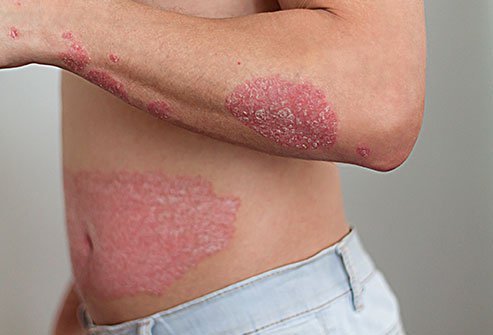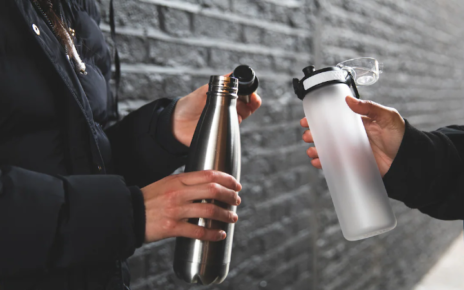Pityriasis Versicolor is a harmless skin infection caused by a fungus that is part of the skin’s microbiota, which causes changes in skin color under certain conditions. Know how to solve it.
The Pityriasis Versicolor, also called tinea versicolor, is a superficial fungal infection of the skin. This name was established by Robert Willan at the beginning of the 19th century, although it was in the middle of that century when the fungal cause of this picture was described.
Beyond the cosmetic problem that it may pose, it usually does not produce symptoms. It is manifested by the appearance of spots of different sizes with color changes. That is why it is called ‘Versicolor since it can be accompanied by very different colors in the lesions it produces. It is widespread for pityriasis Versicolor to be recurrent and to repeat the picture despite adequate treatment.
Who is affected by ringworm or pityriasis Versicolor
Pityriasis Versicolor can affect people of any age, although it is more common in children and adolescents. This probably happens about the increased sebum production by the skin, as it is a fungus called lipophilic. That is, it feeds on lipids (fat). It is also more common in teens and young adults who are physically active.
The fungus that causes pityriasis Versicolor, Malassezia, grows mainly in warm, humid conditions, so tinea versicolor is more common in humid, tropical climates. Thus, in the northern European countries, an affectation of 0.5-1% of the population is described. In contrast, in tropical countries, half the population can have this fungal skin infection.
How to fix pityriasis Versicolor
There are multiple topical treatments proposed for pityriasis Versicolor, from antifungals to others with a clearing effect on the infected skin layer.
On rare occasions, it is necessary to resort to oral treatments. Pityriasis Versicolor is not a serious health problem. Often the most important thing can be to distinguish it from other dermatological processes that have similar lesions, act accordingly, and solve it as soon as possible.
Causes of pityriasis Versicolor
Fungi of the genus Malassezia cause the tinea versicolor. They are dimorphic yeast-type fungi dependent on the presence of lipids for their growth and proliferation. These fungi are present in the normal skin microbiota (flora). When the yeast cells of Malassezia transform into a pathogenic mycelial form, pityriasis Versicolor appears.
This transformation is considered to have to do with environmental and host factors. External factors that facilitate this conversion include hot, humid weather and oils on the skin. Excess sweating also facilitates this transformation.
In more detail, the species that cause pityriasis Versicolor are mainly Malassezia furfur and M. globose. Still, it can also be produced by M. obtusa, M. pachydermatis, M. restricta, M. slofiiae, and M. sympodial. All of them in their yeast form can be in the flora of healthy skin, but when it transforms into the mycelial form, they produce hyphae that penetrate the skin’s stratum corneum.
Among the causes of pityriasis Versicolor, it is thought that there is also a genetic predisposition component, in addition to hormonal factors and factors related to the immune system of the person suffering from this skin infection.
On the other hand, pregnancy, malnutrition, and the taking of corticosteroids can favor the appearance of tinea versicolor.
Why are spots more noticeable in summer? Is ringworm contagious?
The characteristic change in skin color is considered to have to do with producing azelaic acid. This substance can act on melanocytes, the cells that produce melanin, the substance responsible for skin pigmentation.
Azelaic acid, in particular, would act on the melanocyte tyrosinase enzyme, inhibiting melanin production. Therefore, the spots are more apparent in summer because the affected skin areas are unable to tan.
Pityriasis Versicolor is not contagious from person to person and has nothing to do with poor hygiene.





